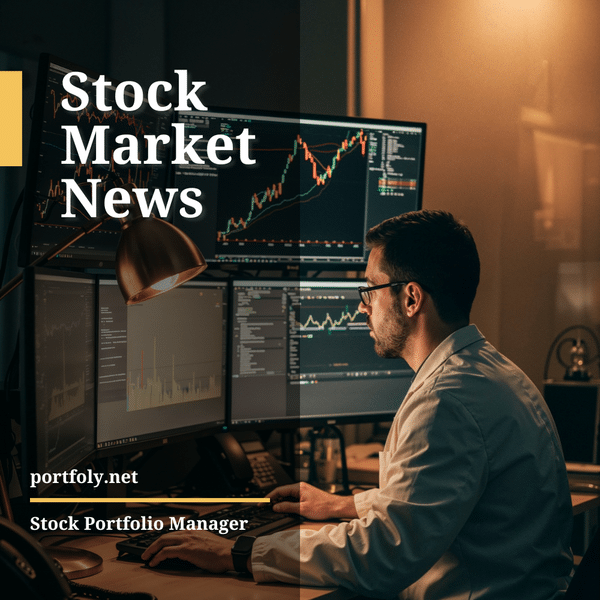Analyzing Nvidia Stock Ahead of October: A Comprehensive Review
Nvidia (NASDAQ: NVDA) has recently been at the forefront of significant discussions within the investment community, especially with its impressive growth metrics. In the latest quarter, the company reported a revenue surge of over 50%, reaching $46.7 billion, driven predominantly by its data center sales, which soared to $41.1 billion. Gross margins also impressively topped 72%, a clear indication of its robust business model. Additionally, the board has approved a substantial $60 billion stock buyback plan, reinforcing investor confidence.
The Current Market Landscape
Despite these stellar figures, caution is warranted as capital equipment spending has reached levels reminiscent of the tech bubbles of the late 1990s. This raises pertinent questions regarding whether Nvidia can sustain its momentum amid potential market corrections. Investors are currently divided on whether the hype surrounding AI technology is still in its infancy or nearing its climax.
Nvidia’s stock has experienced a remarkable 56% increase over the past six months, though it has shown signs of weakness, slipping 2% in the last 30 days as of late September 2025. This fluctuation reflects a growing apprehension among investors regarding the sustainability of current trends.
Performance Insights
Nvidia’s data center revenue has almost doubled compared to two years ago, showcasing significant growth. The company has returned approximately $24.3 billion to shareholders in the first half of fiscal 2026, signaling its strong cash flow and commitment to returning value to investors. This proactive stance is not merely a defensive strategy; it highlights Nvidia’s confidence in its long-term prospects.
The company is not solely focused on GPUs, as indicated by its recent $5 billion investment in Intel. This strategic move illustrates Nvidia’s ambition to influence entire computing ecosystems, positioning itself as a critical player in the tech landscape. The rollout of innovative products, including the swiftly advancing Blackwell architecture and the upcoming Rubin and Feynman chips, keeps Nvidia’s pipeline promising and robust.
Market Dynamics and Competition
While Nvidia currently enjoys a dominant position, the market landscape is evolving. Key players such as Advanced Micro Devices (AMD) and Broadcom are becoming formidable competitors. AMD’s MI300 chips and Broadcom’s custom silicon solutions are increasingly vying for a share of the market, putting additional pressure on Nvidia’s 90% market share.
Furthermore, companies like Microsoft, Amazon, and Alphabet heavily rely on Nvidia’s products to fuel their AI ambitions, leading to a cyclical validation of demand for Nvidia’s chips. However, enterprises experimenting with AI often report mixed results, highlighting the risks associated with escalating expenses and uncertain returns on investment.
Future Growth Opportunities
Nvidia is not merely riding the AI wave; it is strategically diversifying its portfolio. The company’s involvement in quantum computing research positions it favorably for future growth. Industries such as robotics and industrial automation are also set to benefit from Nvidia’s advanced computing solutions. As demand for AI training may eventually plateau, Nvidia’s focus on inference workloads and other technological domains will be crucial for sustained growth.
The Verdict for October
As we approach October, the outlook for Nvidia remains complex. Optimistic investors cite continued AI adoption and impressive profit margins, while skeptics raise concerns about inflated valuations and growing competition. The risk for traders is palpable, particularly given the stock’s remarkable run over the past six months, where even small disappointments could result in a significant pullback.
For long-term investors, however, Nvidia continues to represent a valuable asset in the evolving tech landscape, especially with its exposure to multiple sectors beyond AI.
For those interested in staying updated on financial trends and stock market news, consider visiting Stock Market News. Additionally, for effective stock portfolio management and retirement investment strategies, check out Stock Portfolio Management, where we aim for a growth target of 20% annually.




